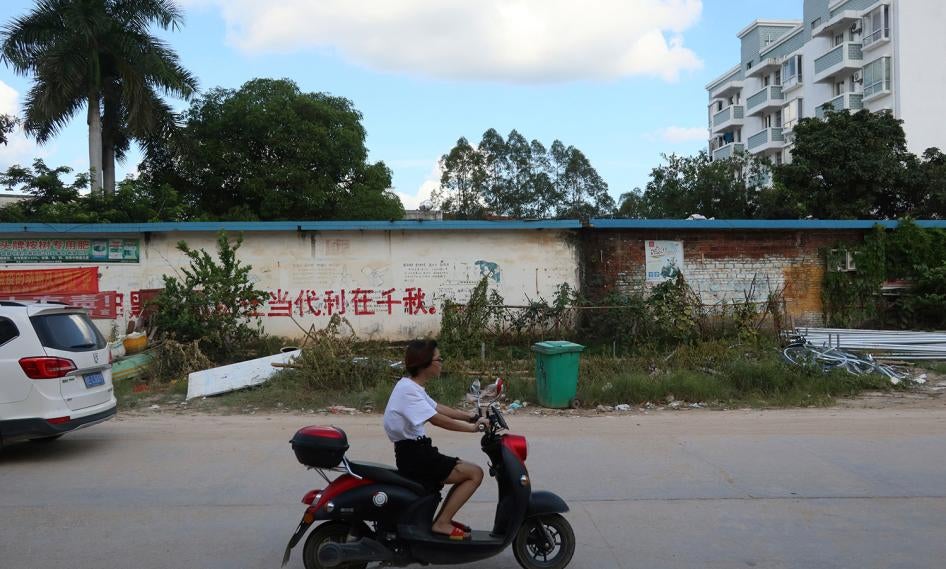The State Council, China’s cabinet, in its “Chinese Women’s Development Guidelines” for 2021-2030, announced today, identified “reducing non-medically necessary abortions” as a step toward women’s development.
It’s unclear what specific policies the government has planned to “reduce non-medically necessary abortions,” but given its history of restricting women’s right to reproductive choice and bodily autonomy through abusive, and sometimes violent, means, this development is a grave cause for concern. The 2011-2020 guidelines, in the same place, said, “prevent and control unintended pregnancy and abortion.”
Shortly after the Chinese Communist Party took power in China in 1949, Chairman Mao Zedong encouraged population growth to create manpower. As a result, China’s population nearly doubled in 30 years. Then in 1979, to curb population growth and ease natural resource challenges, the government imposed the draconian “one-child policy,” which limited most couples to just one child. To enforce this policy, the authorities subjected countless women to forced contraception, forced sterilization, and forced abortion, especially in the 1980s and 1990s. From May to August 1991 in Guan and Shen counties in Shandong province, the authorities imposed the “Childless Hundred Days” campaign in which all pregnancies were forcibly aborted, regardless of whether the birth would have been in compliance with the one-child policy.
The one-child policy contributed to a rapidly ageing population and a dwindling labor force, so the government increasingly wanted more pregnancies. In 2015, Beijing instituted a two-child policy allowing all couples to have two children, which, despite initially raising the birth rate, had little impact on population growth. In June this year, Beijing announced the three-child policy, to which many online reacted with dismay and derision.
Today, many across the country still painfully feel the trauma of forced abortion. And now, without government acknowledgment or accountability, Beijing is doing a potentially abusive about-face.
What hasn’t changed is that China’s government still treats women's bodies as tools for its economic development goals.
In the past, to take control of their own bodies, countless women in China fought back against the abusive measures to restrict the number of children they could have. Whatever this “reduce non-medically necessary abortion” program entails, women in China can be expected to continue to fight for their reproductive rights.









